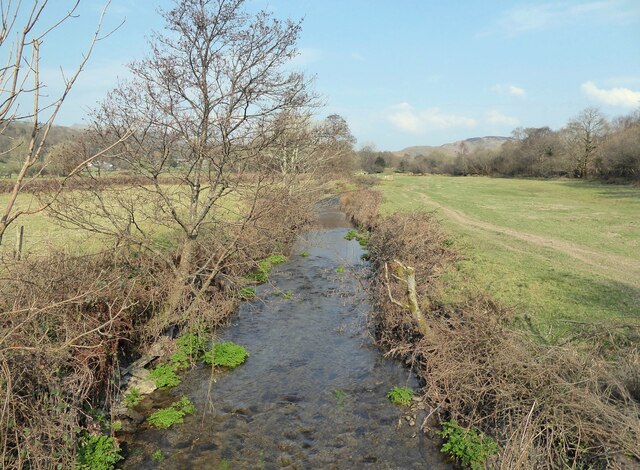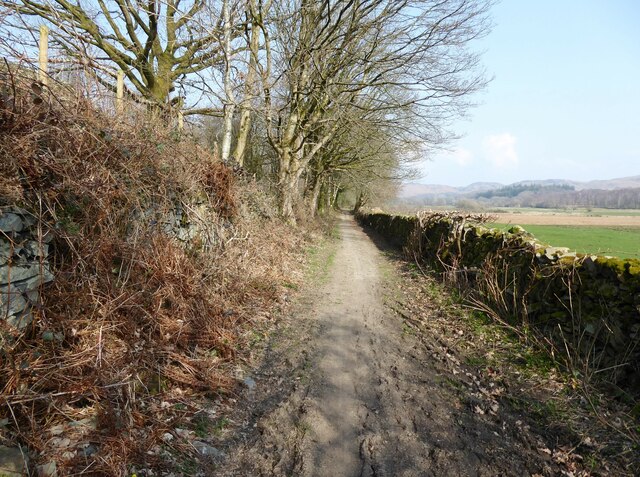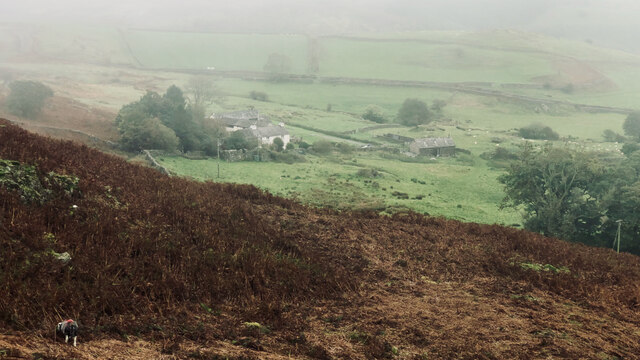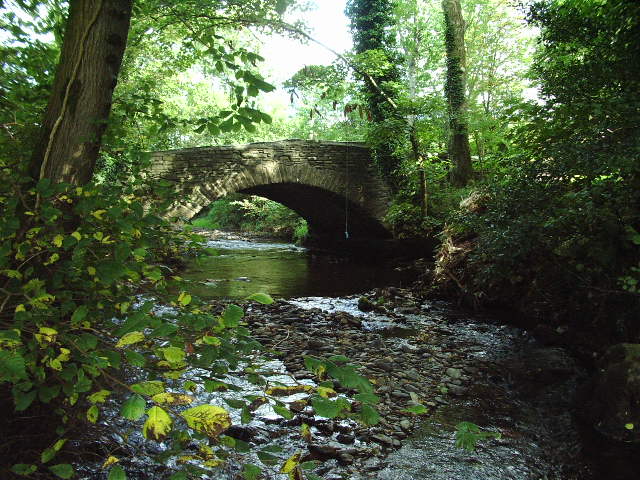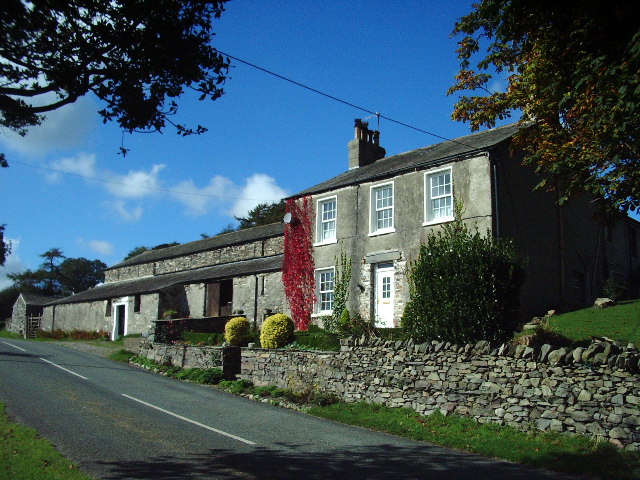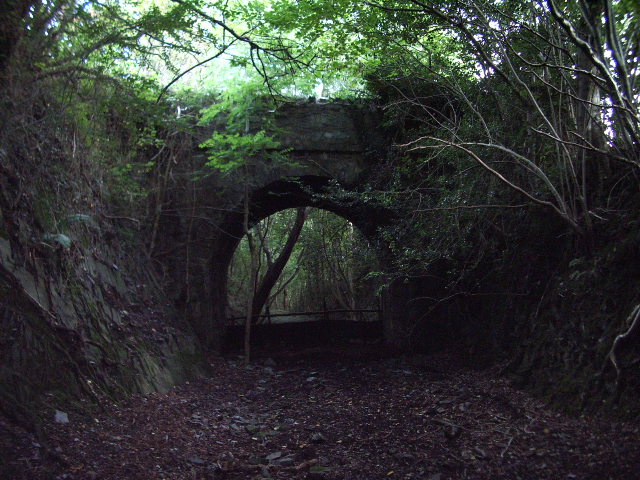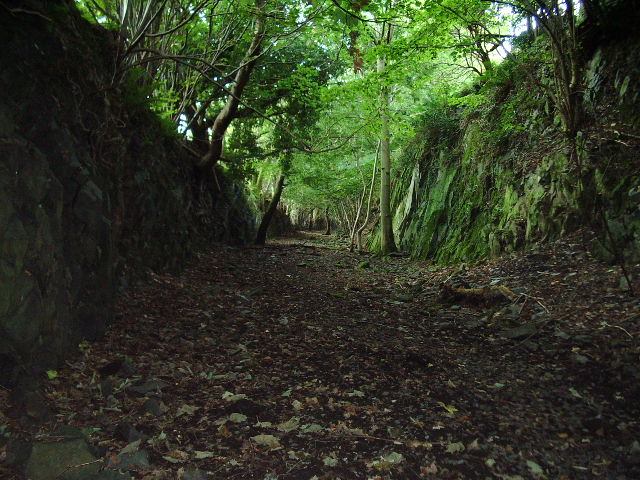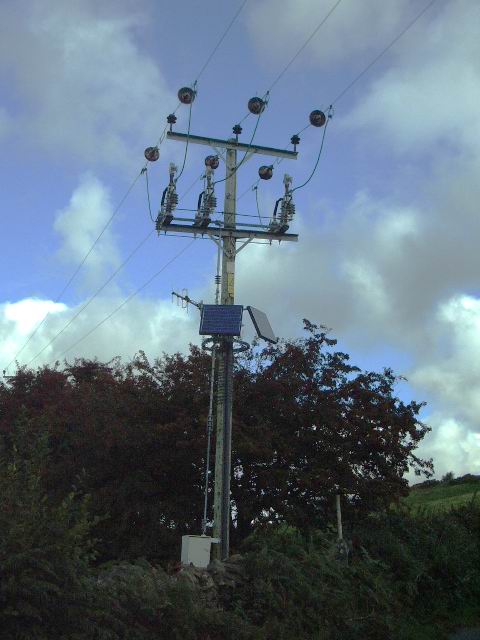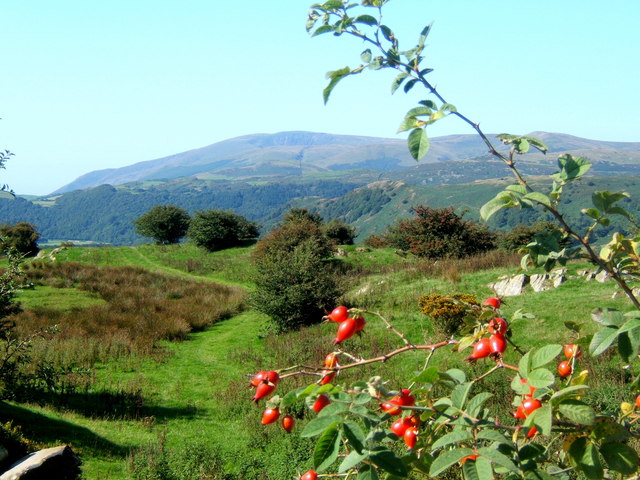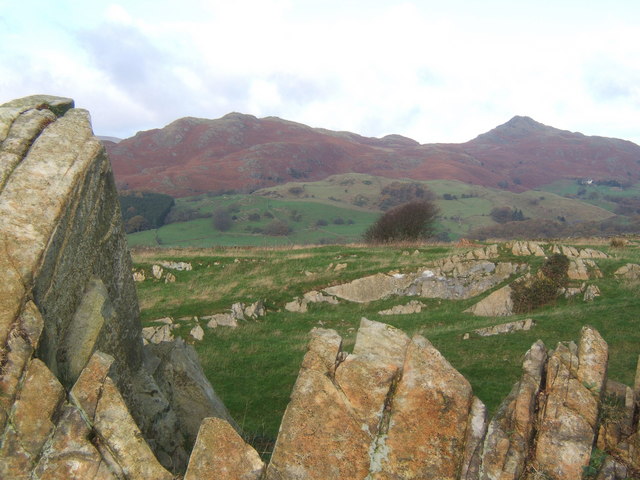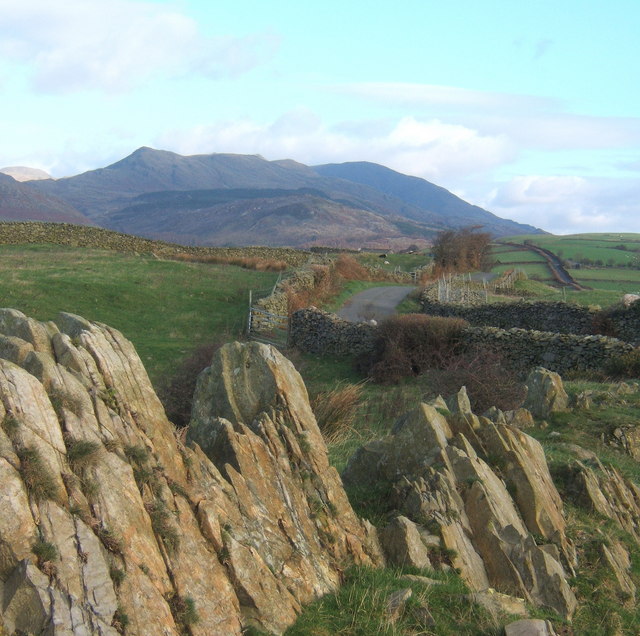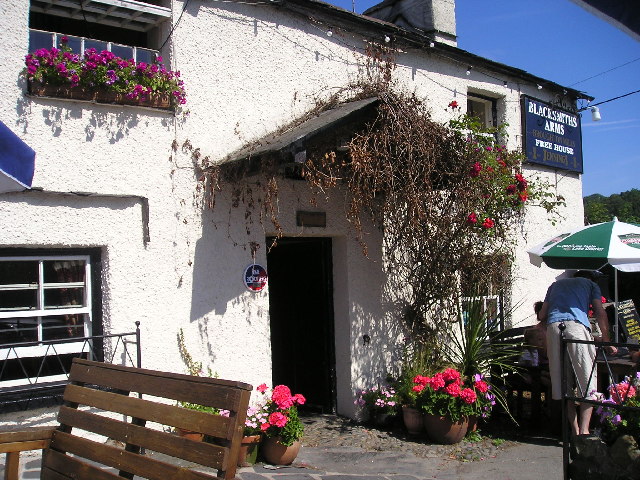Lowsides Wood
Wood, Forest in Lancashire South Lakeland
England
Lowsides Wood
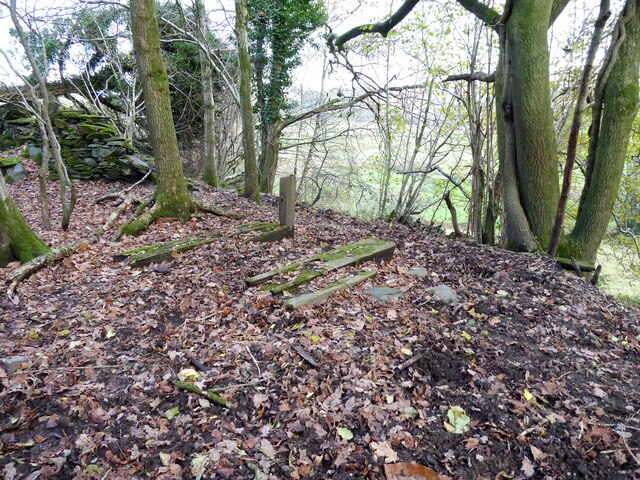
Lowsides Wood, located in Lancashire, England, is a picturesque forest that covers a sprawling area of land. The wood is situated near the town of Chipping and is renowned for its natural beauty and tranquility.
Spanning approximately 200 acres, Lowsides Wood is home to a diverse range of flora and fauna, making it an important ecological site. The forest is primarily composed of deciduous trees, including oak, ash, and birch, which create a stunning canopy during the spring and summer months. In autumn, the wood is transformed into a riot of colors as the leaves change to vibrant shades of red, orange, and gold.
The forest floor of Lowsides Wood is carpeted with a variety of wildflowers, adding bursts of color to the landscape. Bluebells, primroses, and wood anemones are just a few of the species that flourish here. Additionally, the wood provides a habitat for numerous animal species, including deer, badgers, foxes, and a wide array of birdlife.
Lowsides Wood is a popular destination for nature enthusiasts and hikers who are drawn to its peaceful atmosphere and scenic trails. The forest offers several well-maintained footpaths, allowing visitors to explore its different areas and discover hidden gems along the way. Nature walks, birdwatching, and photography are common activities enjoyed by visitors to Lowsides Wood.
Overall, Lowsides Wood, Lancashire is a captivating forest that offers a serene escape from the hustle and bustle of everyday life. Its rich biodiversity and stunning landscapes make it a must-visit destination for nature lovers and those seeking solace in the great outdoors.
If you have any feedback on the listing, please let us know in the comments section below.
Lowsides Wood Images
Images are sourced within 2km of 54.309092/-3.1886211 or Grid Reference SD2291. Thanks to Geograph Open Source API. All images are credited.

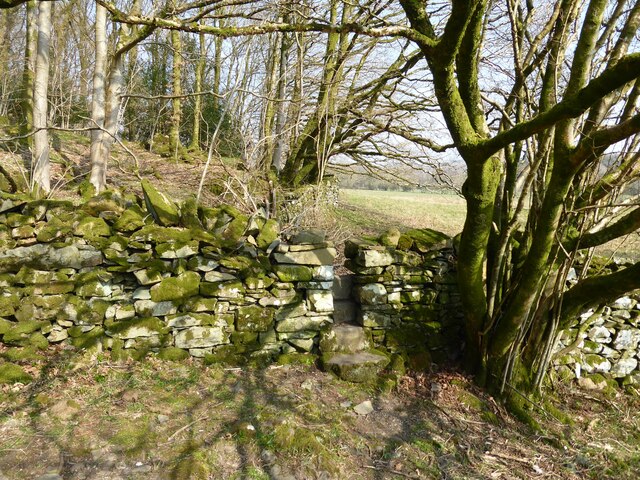
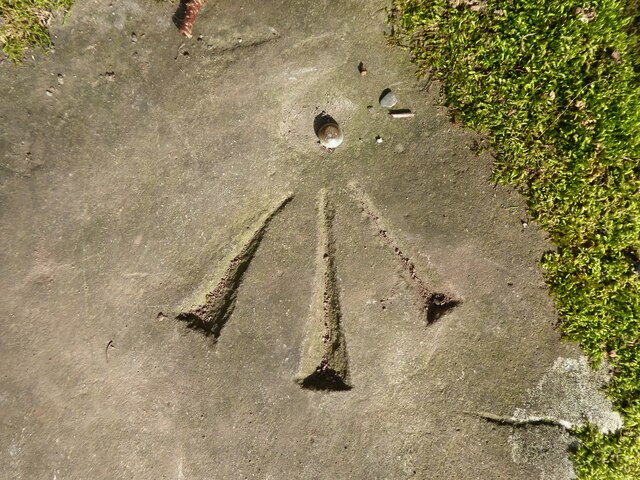
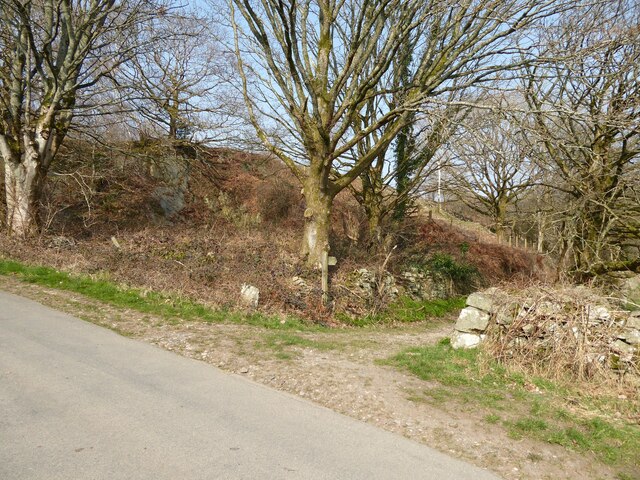
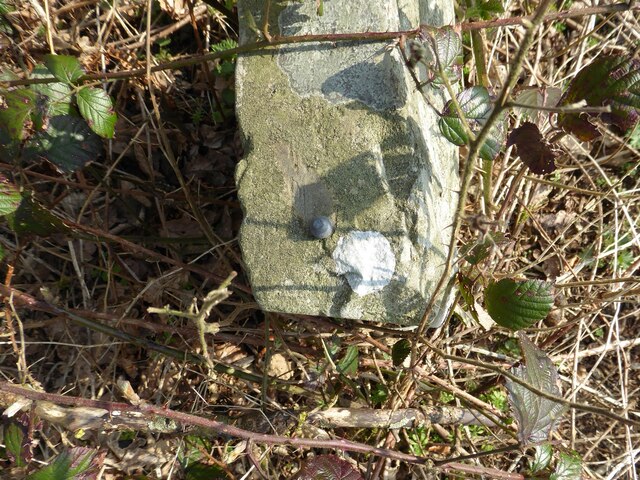
Lowsides Wood is located at Grid Ref: SD2291 (Lat: 54.309092, Lng: -3.1886211)
Administrative County: Cumbria
District: South Lakeland
Police Authority: Cumbria
What 3 Words
///cups.acrobats.bogus. Near Millom, Cumbria
Nearby Locations
Related Wikis
Blacksmiths Arms, Broughton Mills
The Blacksmiths Arms is a Grade II listed public house at Broughton Mills, Cumbria, England.It is on the Campaign for Real Ale's National Inventory of...
Broughton West
Broughton West is a civil parish in the Westmorland and Furness district of Cumbria, England. In the 2001 census the parish had a population of 954, decreasing...
Broughton Mills
Broughton Mills is a village in Cumbria, England, located 3.5 kilometres from the larger town of Broughton-in-furness. The village consists of about 40...
Woodland railway station
Woodland railway station served the hamlet of Woodland, in Lancashire, England (now in Cumbria). It was on the branch line to Coniston. == History == Authorised...
Nearby Amenities
Located within 500m of 54.309092,-3.1886211Have you been to Lowsides Wood?
Leave your review of Lowsides Wood below (or comments, questions and feedback).
